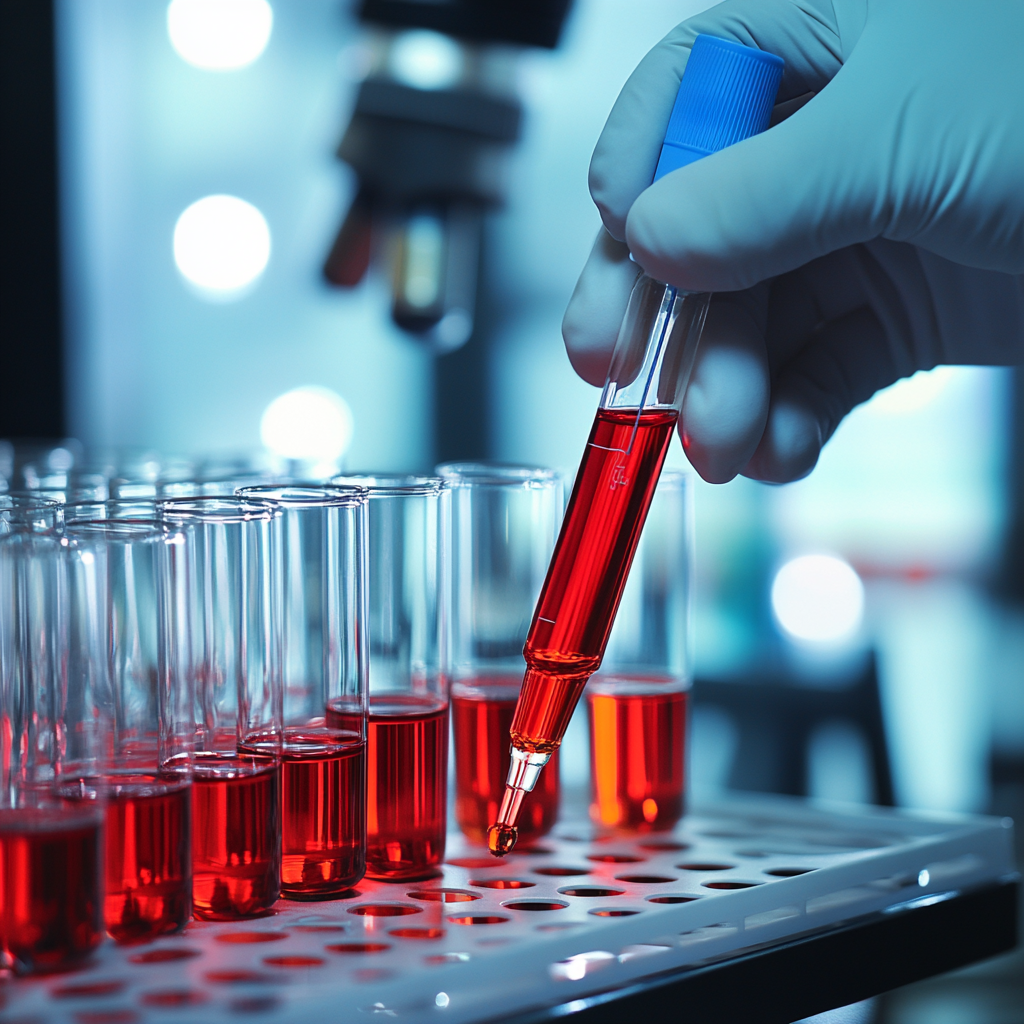A Study on Corneal Health After SMILE vs. FS-LASIK
Published: Transl Vis Sci Technol. November 4, 2024; 13(11):29. DOI: 10.1167/tvst.13.11.29
Purpose of the Study
This study compares how much corneal tissue is used and how the cornea’s mechanics change after two types of eye surgery: small incision lenticule extraction (SMILE) and femtosecond laser-assisted in situ keratomileusis (FS-LASIK) in patients with high myopic astigmatism.
How the Study Was Conducted
In this study, 74 patients with similar eye conditions underwent SMILE in one eye and FS-LASIK in the other eye. Researchers measured the thickness of the cornea before and after the surgeries using advanced imaging techniques.
Key Findings
- After 6 months, the average corneal tissue removal with SMILE was significantly less than with FS-LASIK (108.23 µm vs. 122.66 µm).
- Patients who had SMILE had better residual corneal thickness and more favorable corneal volume measurements compared to those who had FS-LASIK.
- Corneal stiffness after SMILE was also higher, indicating better biomechanical properties.
Conclusions
For patients with high myopia astigmatism, SMILE uses less corneal tissue and leads to better corneal mechanics than FS-LASIK. This suggests that SMILE may be the preferable option for those needing refractive surgery.
Practical Implications
Fewer corneal tissue removals during SMILE surgery may enhance corneal health in patients with high myopic astigmatism, offering a compelling reason for choosing this method over FS-LASIK.
Transforming Clinical Practice
Clinical trials are essential for creating safe and effective treatments. It’s important to integrate these findings into everyday medical practice.
Introducing DocSym
DocSym is an AI-driven platform that centralizes ICD-11 standards, clinical protocols, and research, providing clinicians with an accessible knowledge base.
Enhancing Patient Care
Our mobile apps simplify scheduling, treatment monitoring, and telemedicine, helping to manage patient care more efficiently.
Boosting Efficiency with AI
By leveraging AI, clinics can streamline operations, improve patient outcomes, and reduce unnecessary paperwork. Discover how we can assist you at aidevmd.com.



























